AS 1743 and the Standardisation of Sign Shapes and Symbols

AS 1743 is the national rule for shapes and symbols on road signs in Australia. Standardisation makes roads safer because every sign is clear and simple to read. Research shows that good, standard traffic sign shapes and symbols help drivers spot dangers fast and act safely. Eye-tracking studies and driver surveys in Australia show that known, standard signs cause less distraction and help people make better choices. But shapes and symbols alone aren’t enough—how, where, and when signs are used also matters. That’s where AS 1742 comes in. It provides the full framework for using these signs correctly in real traffic conditions.
Guidance and Information Signs in AS 1742.15: Font, Color and Mounting
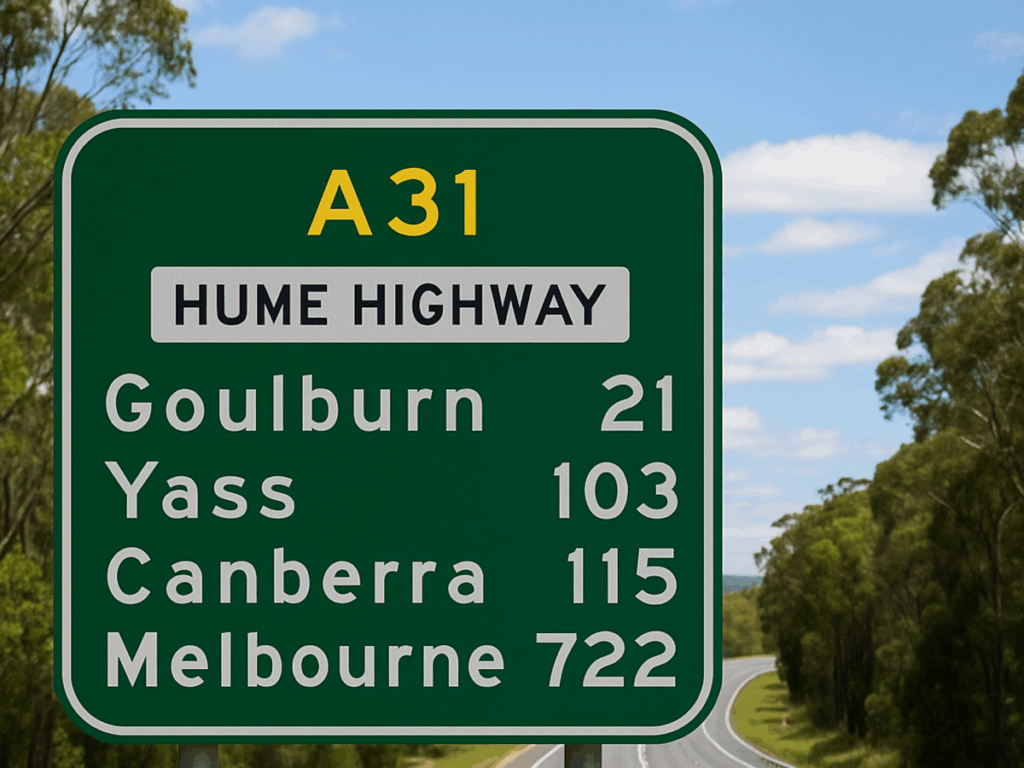
Information signs must use certain font, colour, and mounting rules from AS 1742.15. These rules help make traffic signs clear and the same everywhere in Australia. Information signs use a special typeface and colour to make them easy to read. Following these rules helps keep people safe and makes sure all drivers get the same message. Information signs are different from regulatory or warning signs. They give guidance or information but do not make rules.
How AS 1742.10 Shapes Pedestrian Traffic Signs in Shared Spaces
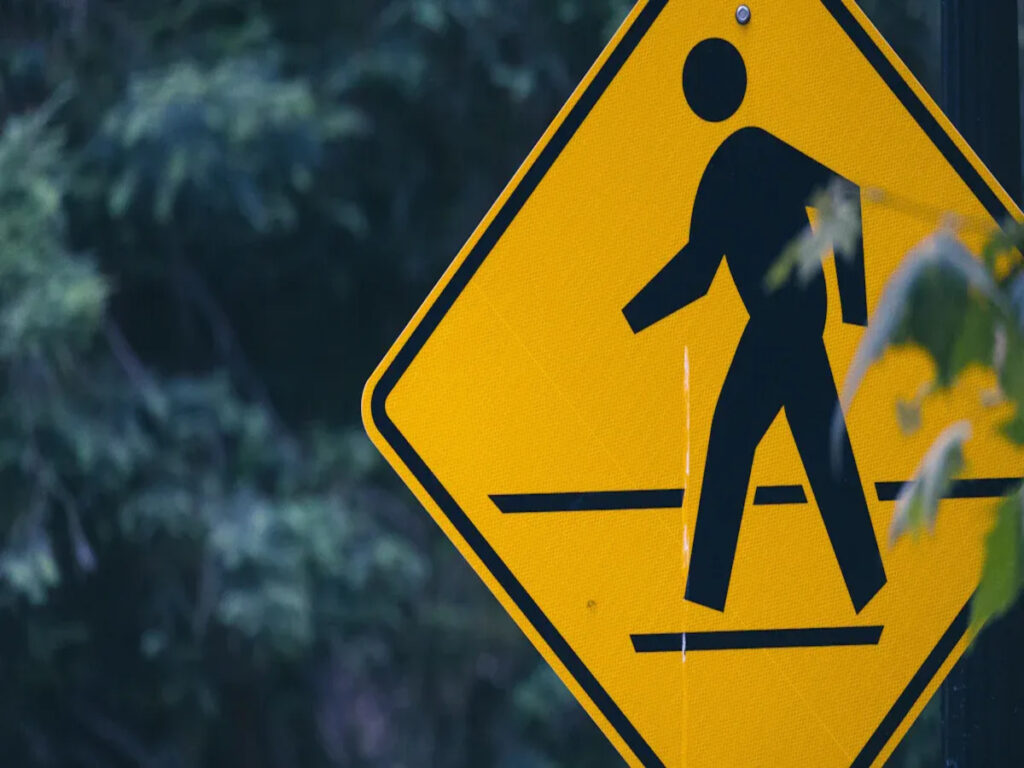
AS 1742.10 gives clear rules for pedestrian traffic signs and shared zones in Australia. Shared zones are places where people and cars use the same space, like laneways or small plazas. These areas let pedestrians go first and have low speed limits. The standard makes sure every sign looks the same and is easy to see. Councils, planners, and road users get safer and more organised streets.
Bicycle and Pedestrian Signage in AS 1742.9
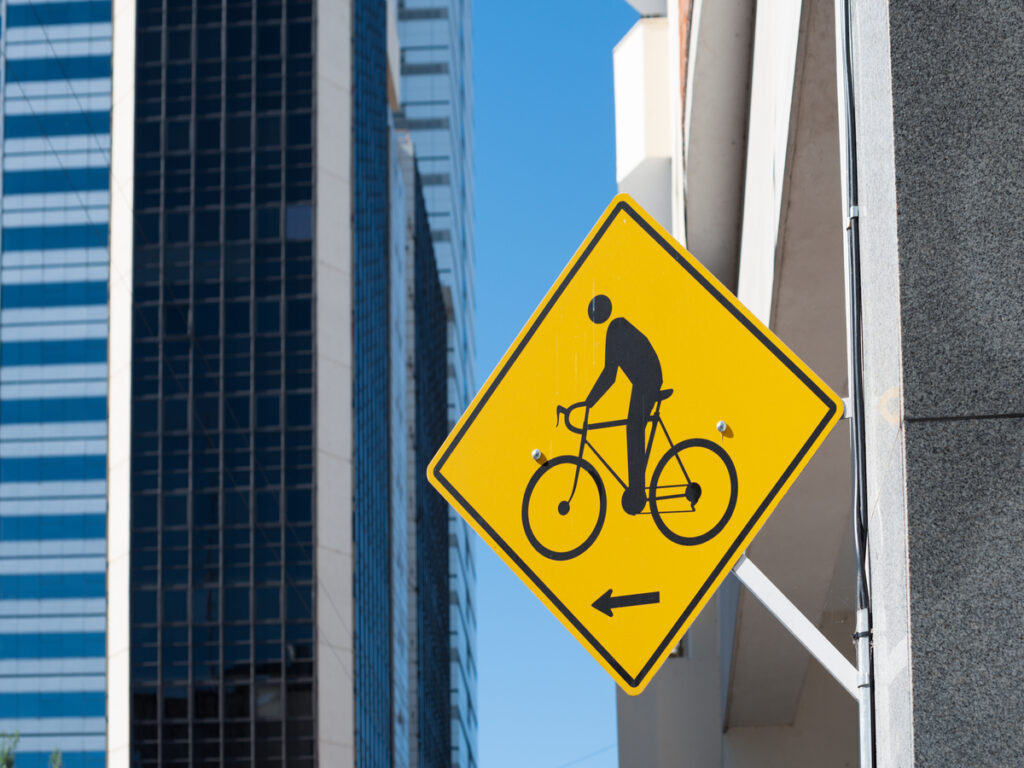
AS 1742.9 is the rule for bicycle and pedestrian signs in Australia. Clear and correct signs keep people safe when they walk or ride bikes. These signs also help people move safely without cars. More people are choosing to walk or cycle now, so good signs are even more important.
Temporary Traffic Control in Australia: AS 1742.3 Guidelines
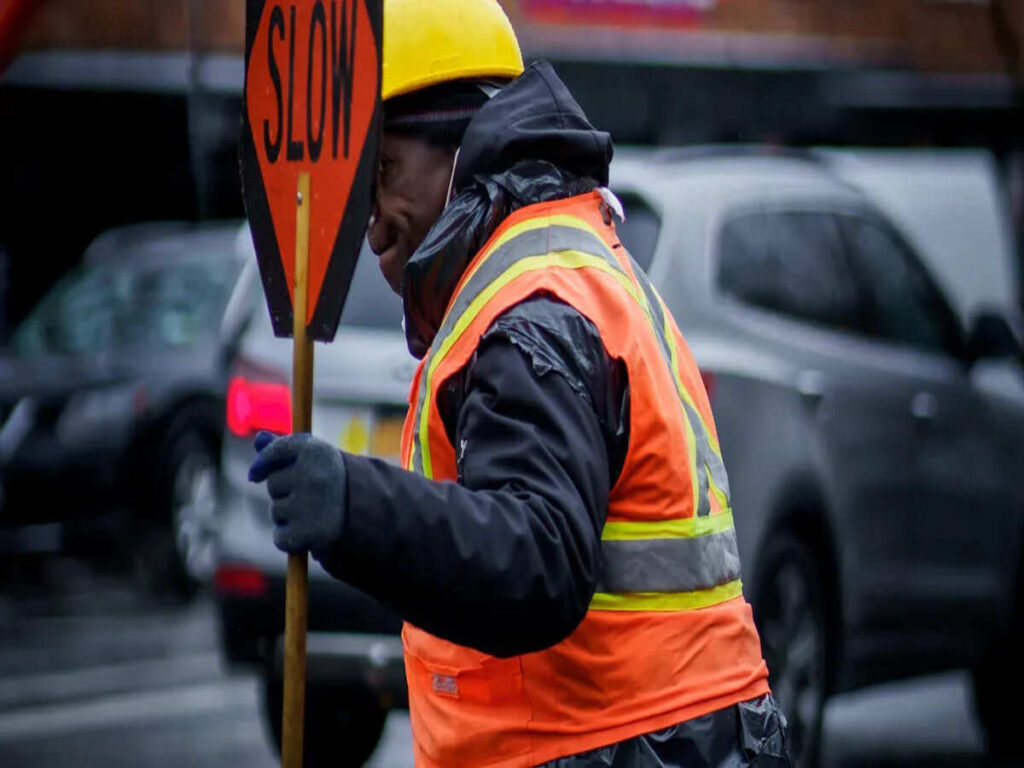
Australian standard 1742.3 has strict rules for temporary traffic signs in Australia. These signs help keep workers and drivers safe. They do this by making sure everyone understands what to do on the road. Using traffic signs the right way helps keep roads safe. It also helps people follow the rules. If signs are put in the wrong place or are hard to read, people can get confused. This can lead to accidents. Every temporary sign must be easy to see. It must not fall over. It must be simple to understand. Not following the rules for traffic signs can be very dangerous. It can also cause legal problems.
Australian Parking Sign Rules: Linear vs Area Control Signs (AS 1742.11)
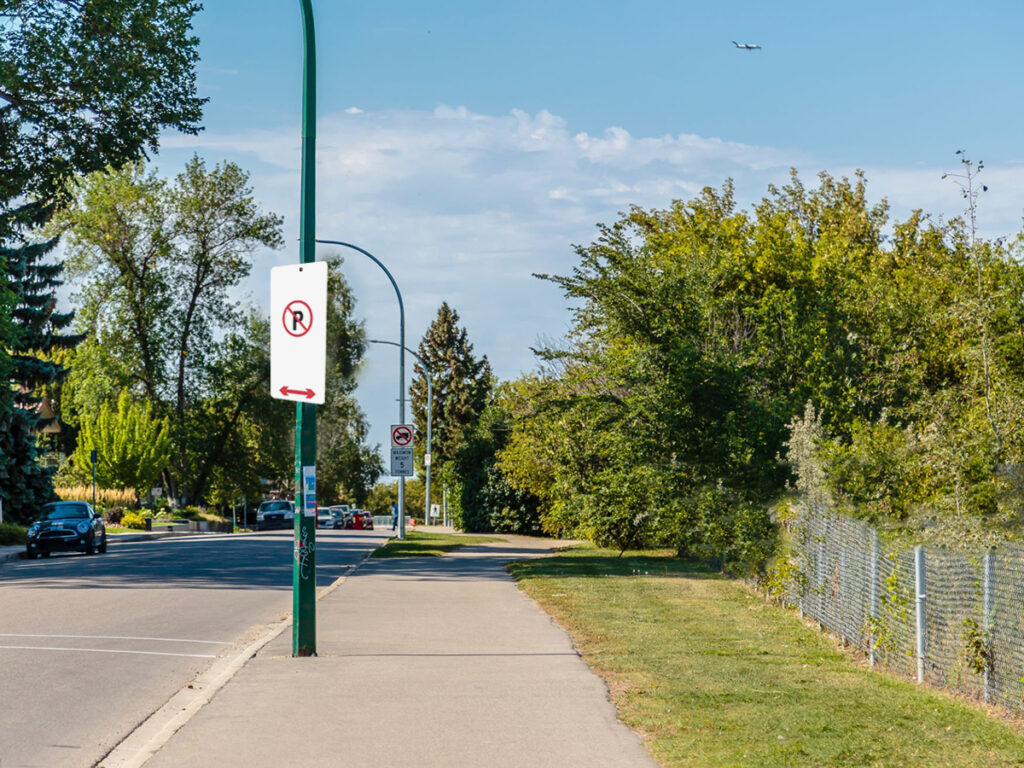
Drivers can get confused when reading an Australian parking sign. Linear control signs work along a part of the kerb. Area control signs cover whole parking zones or car parks. Many drivers ask, “Does this rule cover only here, or everywhere?” Knowing the difference helps drivers not get expensive fines. It also helps them park the right way. Every state and territory uses these same rules. This makes things the same all over Australia. Spotting each type quickly makes parking easy and less stressful.











